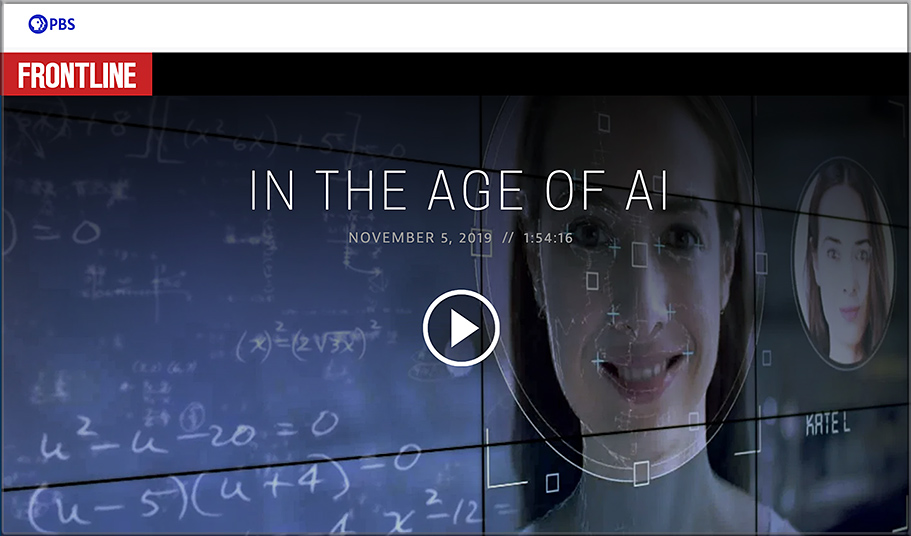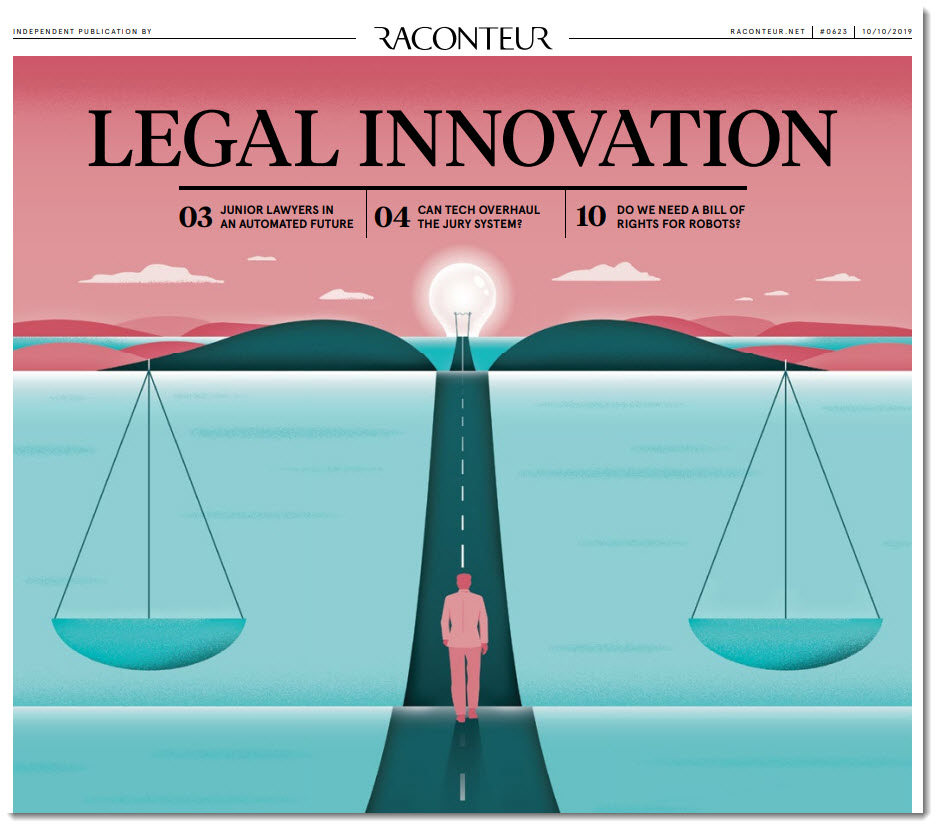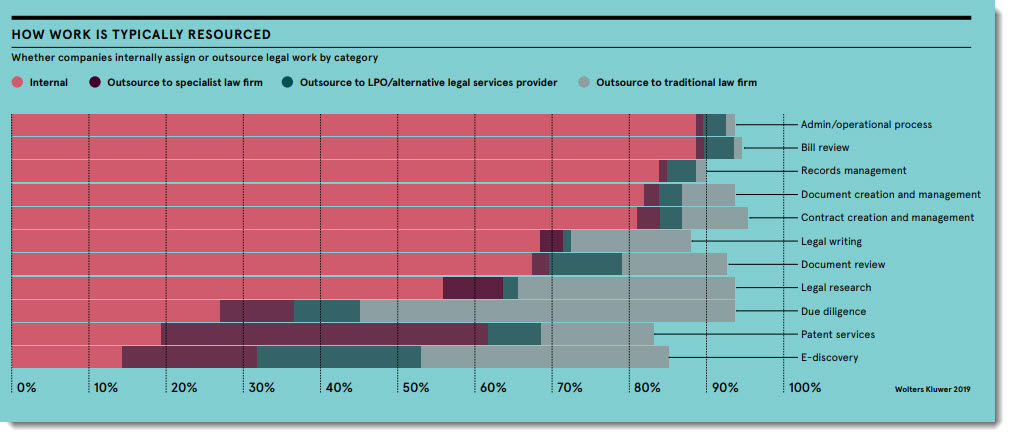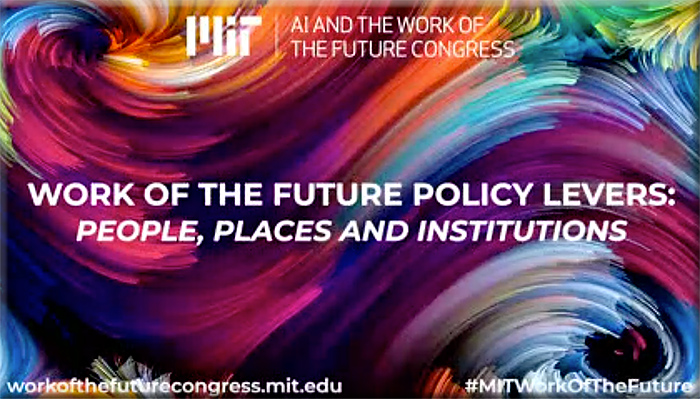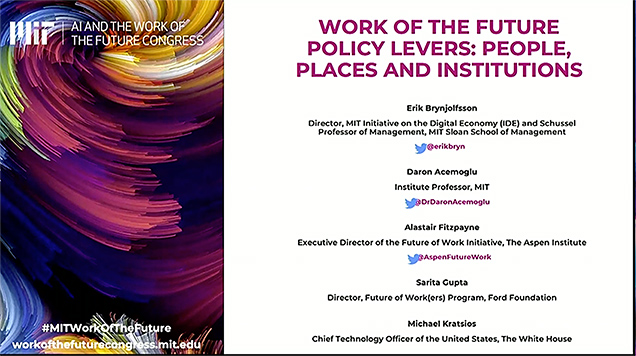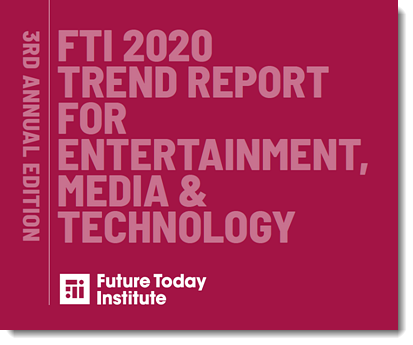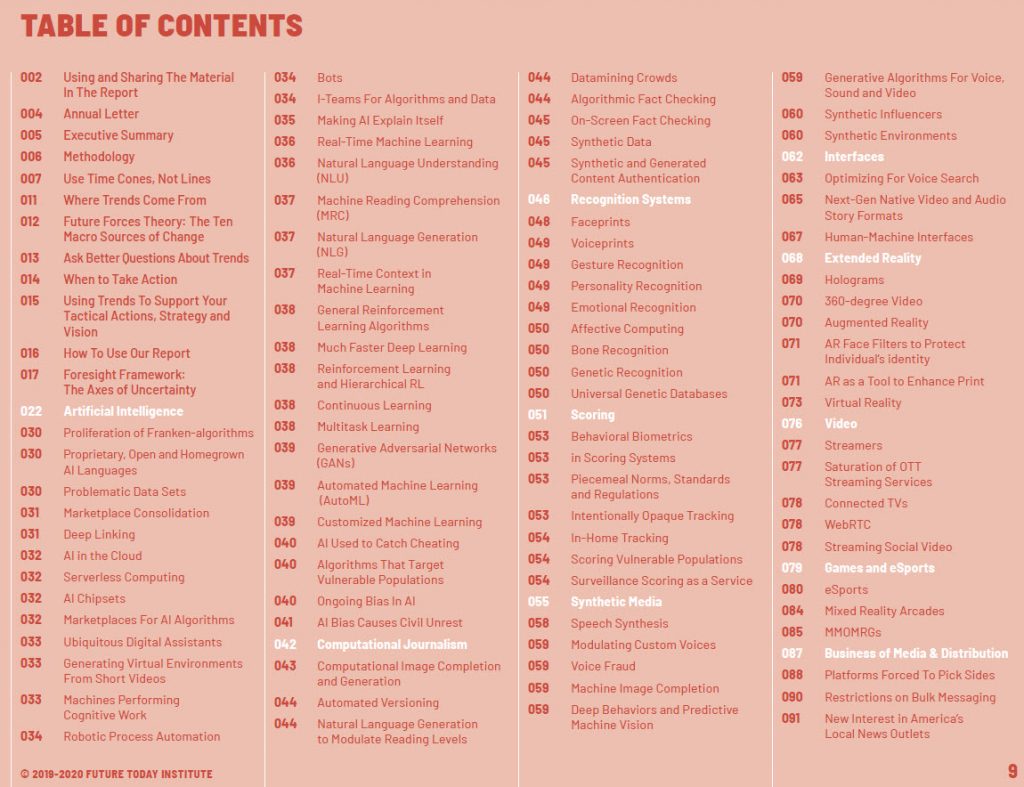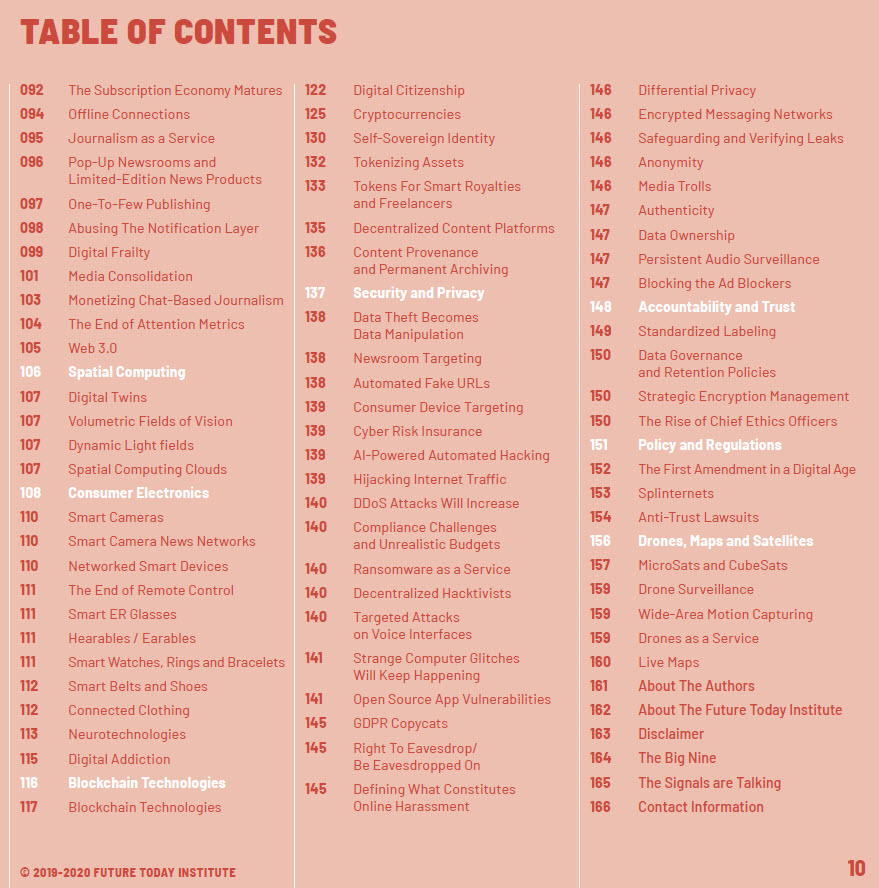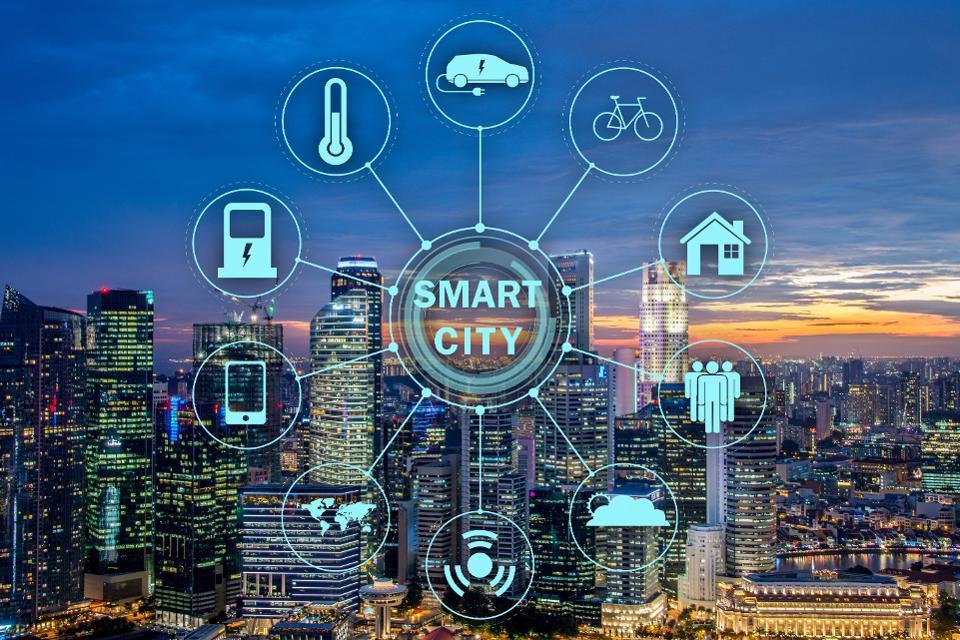Greta Thunberg is the youngest TIME Person of the Year ever. Here’s how she made history — from time.com
Excerpt:
The politics of climate action are as entrenched and complex as the phenomenon itself, and Thunberg has no magic solution. But she has succeeded in creating a global attitudinal shift, transforming millions of vague, middle-of-the-night anxieties into a worldwide movement calling for urgent change. She has offered a moral clarion call to those who are willing to act, and hurled shame on those who are not. She has persuaded leaders, from mayors to Presidents, to make commitments where they had previously fumbled: after she spoke to Parliament and demonstrated with the British environmental group Extinction Rebellion, the U.K. passed a law requiring that the country eliminate its carbon footprint. She has focused the world’s attention on environmental injustices that young indigenous activists have been protesting for years. Because of her, hundreds of thousands of teenage “Gretas,” from Lebanon to Liberia, have skipped school to lead their peers in climate strikes around the world.











